Patterns
Kits
sundries
knitting tools, buttons and notions, project bags and other pleasing little things
knitting tools, buttons and notions, project bags and other pleasing little things
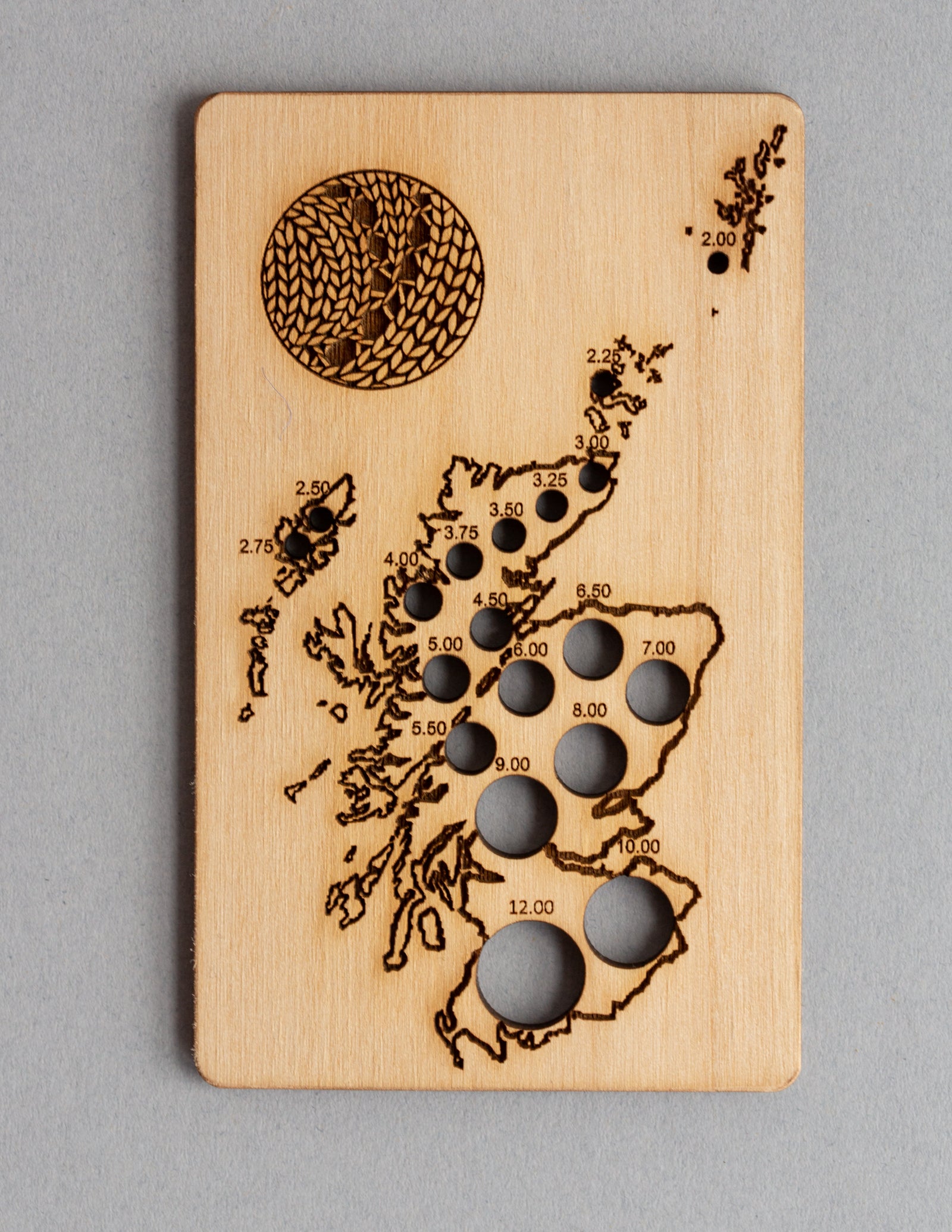
Exclusive Scotland needle gauge by Katrinkles
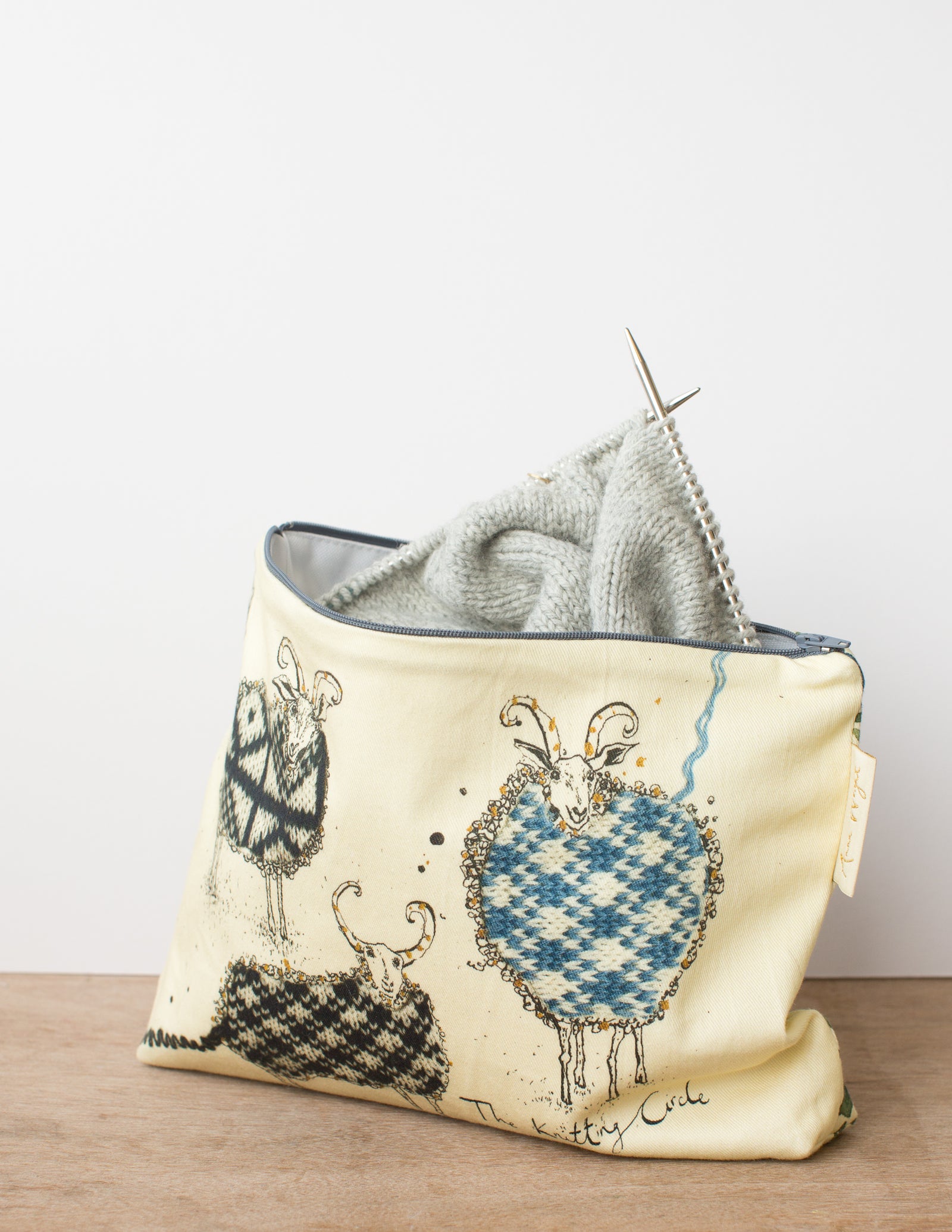
Zippered pouches in two sizes by our studio neighbour Anna Wright
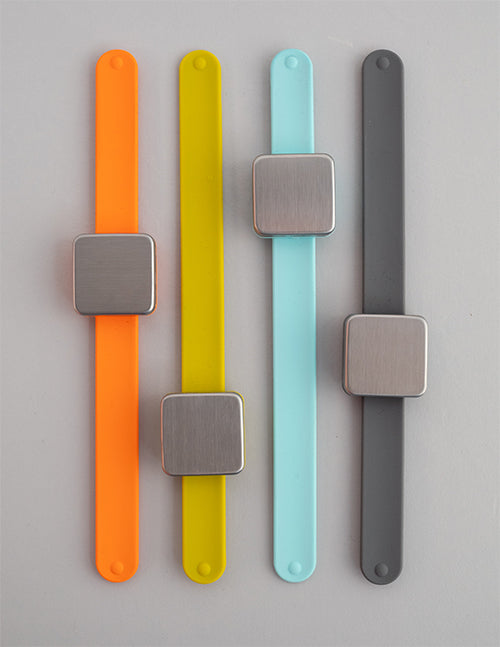
keep small tools accessible with the Maker's Keep
gift 2019
Subscribe to our Colourwork Club for a gift that lasts well into the new year. Your recipient will receive a new colourwork kit in Janurary, February and March
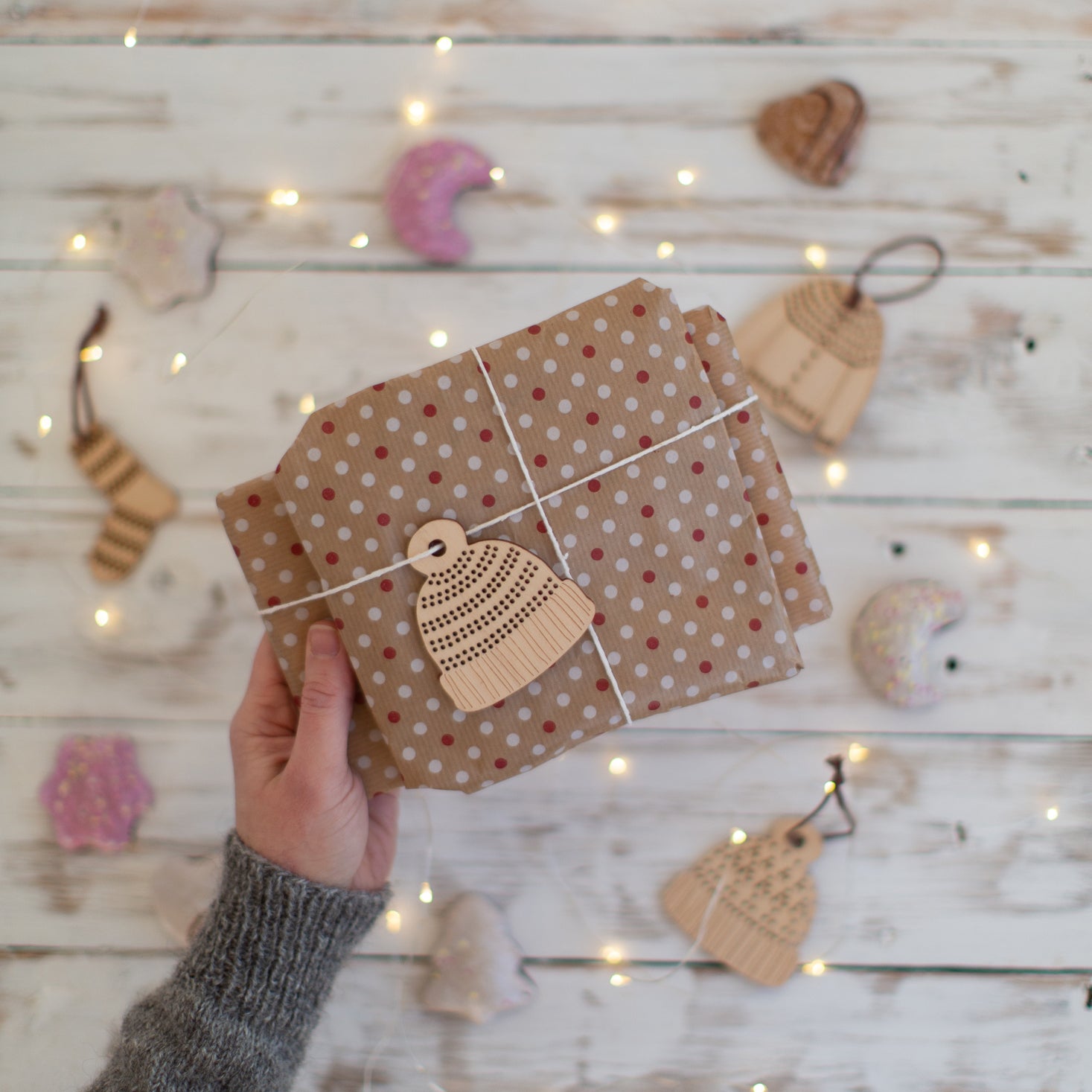
Subscribe to our Colourwork Club for a gift that lasts well into the new year. Your recipient will receive a new colourwork kit in Janurary, February and March

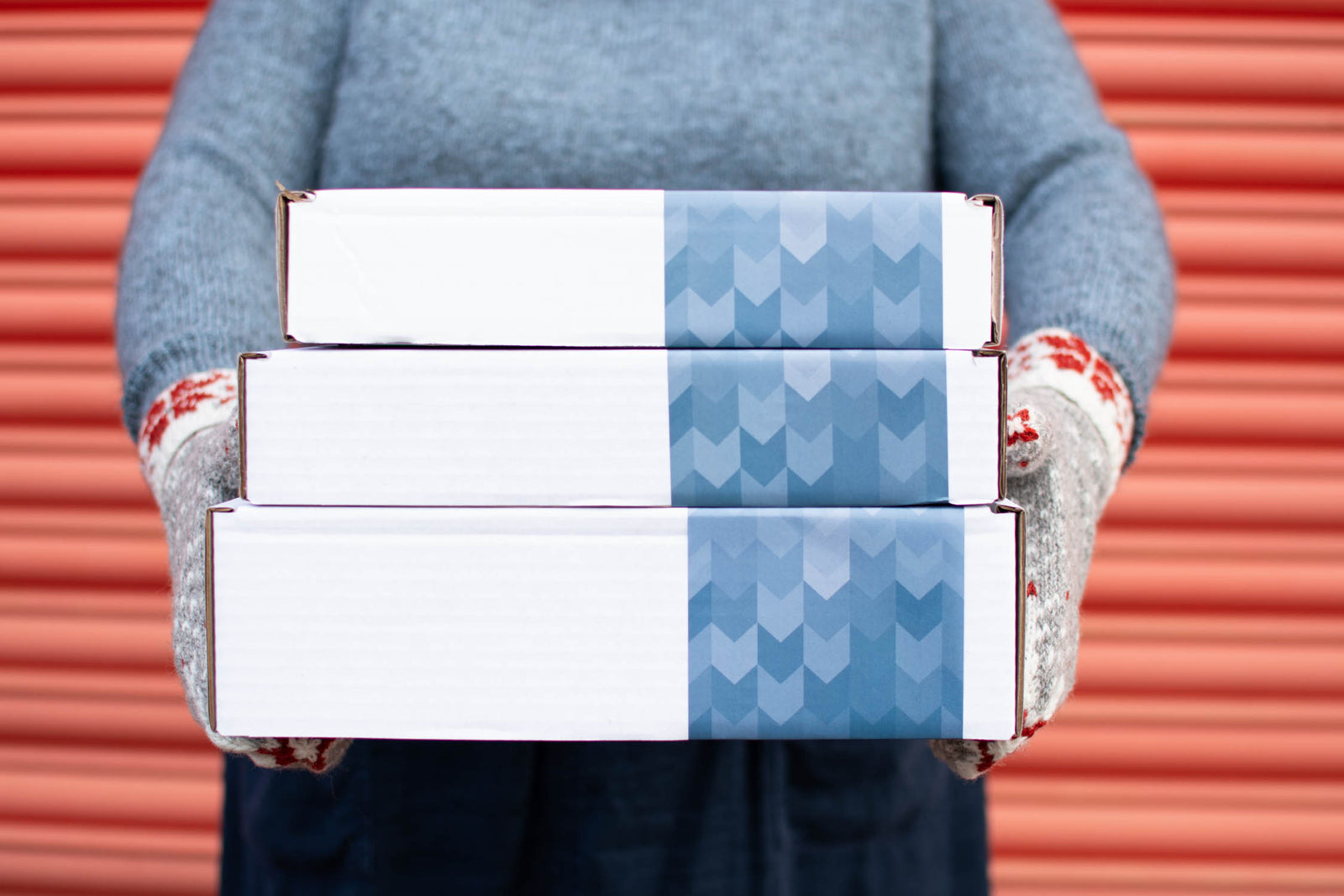
Last minute shopping? Gift cards are delivered electronically - forward the email or print it for your recipient. A range of amounts are available and gift cards don't expire.


Learn to Knit: Gauge 101
May 20, 2021
Learning to check and understand your gauge is crucial for the success of your knitting project! Gauge or tension is the number of stitches and rows in a certain area, and if you’ve ever knit something that came out way too big, or way too small, you’ve tangled with gauge! Everyone knits differently, and this means that sometimes you need to make adjustments to have your project come out the way you want. We're here to de-mystify gauge and help your knitting be the best it can be.

What is gauge?
Simply put, gauge (also known as tension) in hand knitting is the number of stitches and rows in a defined area. In modern knitting patterns, the gauge is usually presented per inch (2.5cm) or over four inches (10cm). Some vintage patterns give gauge over 2 inches (5cm).

Here’s an example of a common knitting gauge (these all represent the same gauge):
5 sts and 7 rows = 1” / 2.5cm square in stockinette stitch
10 sts and 14 rows = 2” / 5cm square in stockinette stitch
20 sts and 28 rows = 4” / 10cm square in stockinette stitch
In this example, for every 5 stitches on your needles, you will get 1” of width. Or said another way, for every 20 stitches on your needles, you will get 4” of width. So 40 stitches would equal 8”, and 80 stitches would equal 16”.
When knitting stockinette stitch, the stitches are wider than they are tall. So although it takes 5 stitches to make 1” widthwise, you need 7 rows to equal 1” tall. Different stitch patterns may have different relationships between the number of stitches and rows in an inch, depending on how the stitches are manipulated.
Gauge and Fabric

One of the main goals in defining gauge is to create a fabric that you like the feel of, and that suits the intended purpose of the project. Since everyone knits differently, some people knit more tightly, and some more loosely. The same yarn used on the same needles by 3 different knitters will most likely come out 3 different sizes. Conversely, 3 knitters might need 3 different needle sizes to arrive at the same gauge.

Generally, yarns knit at a tighter gauge than the ball band (smaller needles, more stitches per inch) will be more dense and firm, less stretchy, and more durable than the same yarn knit at a looser gauge. This firm fabric is perfect for decor items and structured garments.
Example: A worsted weight yarn calls for 5mm (US8) needles. If you decided to knit it on 3.25mm (US3) needles, the resulting fabric will be very stiff and tight.

On the other hand, if you use larger needles than recommended or knit quite loosely, the fabric will drape and stretch, and have a more open look with more light coming through. Looser gauges work best with thinner yarns, and lend themselves well to lighter garments and flowy accessories.
Example: A fingering weight yarn calls for 2.25mm (US1) needles for socks, to create a firm fabric that isn’t see-through. The same yarn knit on 4mm (US6) needles for a shawl would create a lacy, light fabric that drapes well.
How does gauge affect my finished project?

Gauge affects the finished size (and sometimes shape) of your knitting project. When reading a knitting pattern, there will be a gauge given along with a suggested needle size. Using the same needle size called for is less important than matching the gauge - you might need to use a different needle size to obtain the pattern gauge.
The numbers and yardage in the pattern have been calculated using this gauge, so that if your own knitting gauge matches it, you can be reasonably confident that the project will come out the intended size. Matching pattern gauge is less important for items that don’t need to fit body parts, such as shawls, wraps, blankets, and other decor items. However, a different gauge can also affect your yardage requirements: if your gauge is significantly different from the pattern, you’ll likely need more or less yards than the pattern calls for.
Example:
A hat calls for a cast on of 100 stitches. At 5 stitches per inch (100 divided by 5), the hat will be 20” around.
If your gauge is different, however, then the finished measurement will also be different.
If you get 4 stitches per inch (100 divided by 4), then the hat would be 25” around - probably too big.
If you get 6 stitches per inch (100 divided by 6), the hat would be approximately 16.6” around - probably too small!
How do I figure out my gauge?

If you haven’t used the yarn before and are uncertain as to whether you knit tightly, loosely, or somewhere in between, the suggested needle size is a good place to start. Note that even if you’ve worked with the same yarn and needles before, your gauge can change over time, and with different stitch patterns.
If the fabric is too tight, difficult to work, or has more stitches per inch than you need, try a larger needle size.
If the fabric is too loose, overly stretchy, or has fewer stitches per inch than you need, try a smaller needle size.

As with all skills in knitting, learning to work with gauge and your personal knitting style takes practice and persistence. Luckily, yarn can be knit and re-knit until you’re happy!
Our website is full of free tutorials and resources to help with all aspects of your knitting. If you're new or just need a refresher, check out the other posts in our Learn to Knit series:
How to knit a swatch
How to read knitting charts
How to work yarn overs
Also in Journal
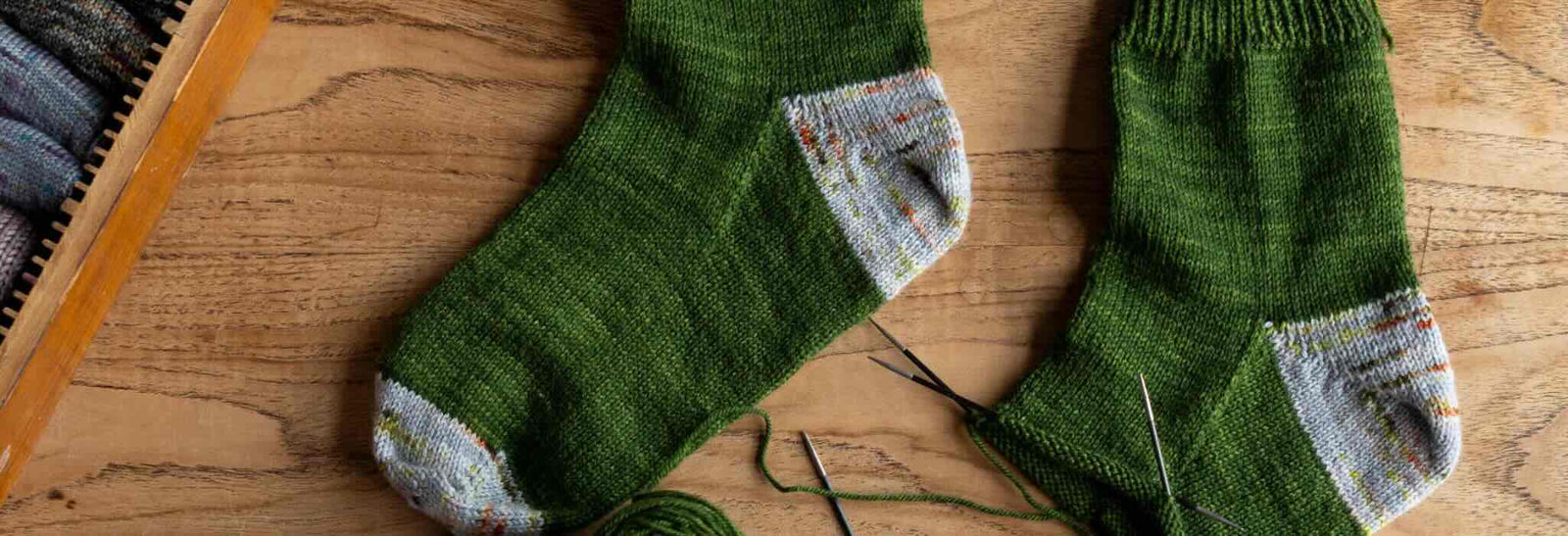
Deep Shadow Heel Tutorial
September 25, 2025

20 Years of Ysolda Knitting Patterns: Part 2
June 23, 2025

20 Years of Ysolda Knitting Patterns: Part 1
June 19, 2025
Recent Articles
-
Deep Shadow Heel Tutorial
September 25, 2025
-
20 Years of Ysolda Knitting Patterns: Part 2
June 23, 2025
-
20 Years of Ysolda Knitting Patterns: Part 1
June 19, 2025
-
Learn to Knit: Mattress Stitch
March 29, 2023
-
How to Knit a Scarf: A Beginners Guide to Scarf Knitting
March 23, 2023
-
Learn to knit: the long tail cast-on
February 03, 2022
-
How to Graft Your Knitting
December 09, 2021
-
Crochet Provisional Cast-on
December 02, 2021
-
Learn to knit: How to knit in the round with double pointed needles
November 25, 2021
-
Learn to knit: How to knit in the round using the magic loop technique
November 25, 2021
Free resources
-
KALS, step-by-step pattern guides and free patterns
Learn brioche with the free Daniel's Hat pattern
Tombreck - a free chevron beanie pattern
Working the brioche neck detail on the Polwarth sweater
Installing a zipper and ribbon, finishing wee Carson
Yarn colour ideas for Threipmuir sweater
Additional colourways for the Joy mitts (choose your pride flag)
How to join the shoulders on Wardie
How to join the pockets on Granton and Wardie
Finishing Resources for Granton
Broughton mittens tutorial part 1
Broughton mittens tutorial part 2
Broughton mittens tutorial part 3
Basics
Casting on
Decorative Channel Island Cast-on
Binding off
3 Easy Stretchy Bind-offs (p2tog bind-off; k2togtbl, k1 bind-off; Jeny's surprisingly stretchy bind-off)
Tubular Bind-off for brioche stitch
Increasing
Paired increase methods compared
How to continue in pattern while increasing and decreasing
Decreasing
Brioche stitch double decreases
Knitting in the round
How to Knit in the round using Magic Loop
How to Knit in the round using DPNs
Short rows
Swatching and gauge
Tips and tricks
Avoiding ears when binding off
Tighter purl stitches for neater cables and ribbing
Cabling without a cable needle
How to knit more symmetrical yarn overs
Bust darts in sweaters with all over stitch patterns
A magic formula for evenly distributing shaping
Superwash v Non-Superwash Wool
Picking up sts from the middle of the fabric
Reading knitting patterns
Understanding "continue in pattern"
Help! Where am I in my knitting project?
Using charts, even if you hate them
Finishing
Garment knitting
Joining the body and sleeves on a seamless bottom up sweater
Sizing
Ysolda’s sizing chart for knitwear designers
Inclusive garment knitting
How to pick a garment without a model for you (specifically addresses finding garment patterns when your gender identity isn't represented and the styles you want to knit might not be sized to fit your body)
How does ease affect inclusive size ranges?
Specific stitch patterns
Lace
Identifying and fixing mistakes in lace knitting
Colourwork
Getting started with stranded colourwork
Understanding colour dominance
Working stranded colourwork over small circumferences
Decreases in stranded colourwork
Holding the yarn for stranded colourwork
Ladderback Jacquard (a neat way to deal with long floats)
Cables
Cabling without a cable needle
Cabling without a cable needle on the wrong side
How to knit cabled decreases
Closed ring cable increases and decreasesBrioche
How to work brioche stitch in the round
Other crafts
Cross stitch
How to begin your first large cross stitch project
How to finish a cross stitch project with an embroidery hoop frame
Mending

Sign up today
Find out the latest news from the studio such as sales, pattern releases, and new workshops or KALs our learning community, The Knitwork. We also share helpful tips and exclusive subscriber discounts...



